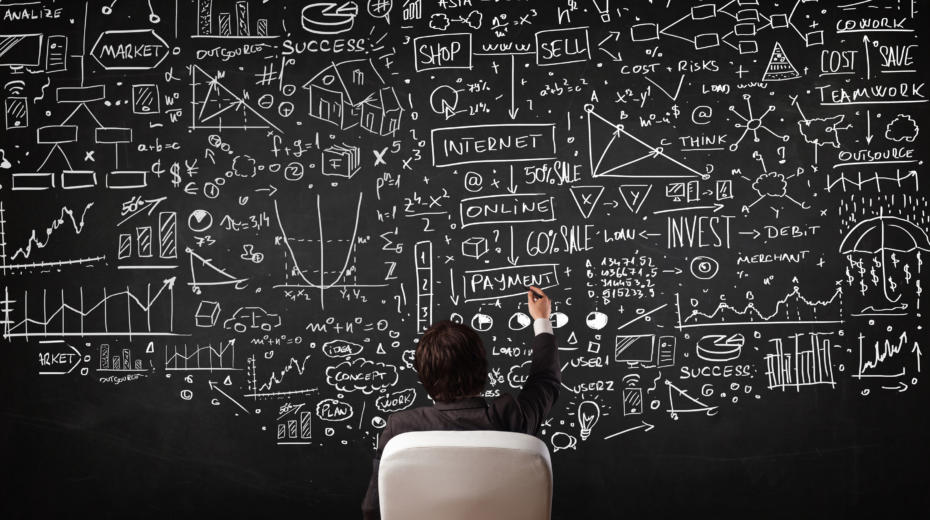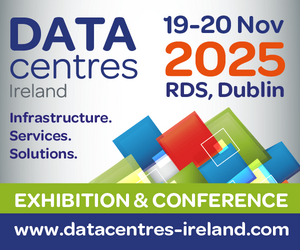A report on Axios this week raised a debate that should resonate with anyone with a yen for analytics: how can we measure happiness/wellbeing? Opinions vary from the prosaic ‘all you need is love’ to mathematical formulas more in tune with our statistics-obsessed culture.
In the 1940s Maslow’s theory of self-actualisation gave us the famous hierarchy of needs with basics such as light, heat and food eventually leading to higher needs like a stable relationship and a sense of accomplishment before reaching a state allowing us to achieve our full potential. Good news: it’s a cheap date so long as you don’t place much value on fine food, fast cars and faster partners.
Unfortunately a lot of people do, so there are other ways of assessing our sense worth. One such method is to look at how a society defines poverty. The theory goes that there are two states poverty: ‘absolute poverty’ where the basic physiological needs of food, water, heat, clean air etc cannot be met or improved upon despite our best efforts.
The other state, ‘relative poverty’ is defined by households receiving 50% less than the average median income but with some chance of advancement. For example, in a wealthy society with high levels of income inequality we can be envious of our neighbours if they have a better car, a bigger house, subscriptions to both Netflix and Amazon Prime etc. However, if you work hard one day you coulid be that guy and become the envy of your peers.
It’s a murkier picture but it does give us insight into the things that are meant to make us happy – or at least the perception that happiness is linked to the lifestyles of our betters. The more we consume the happier we should be. If only there weren’t so many ‘next big things’ to keep up with.
The new consumption
High living costs have made living on Ireland’s median income of €37,000 a challenge for singles and almost impossible for families. The only comfort you might have is that half the country is as stressed as you are.
Back to central questino: how can we measure happiness? Axios brings our attention to Gross Domestic Product, another product of the 1940s that equates economic activity with a healthy economy and hence a happy populace. However, in an age of globalisation and digital economies much of our economic activity flows across borders. We can be extremely happy buying from Amazon and shipping from abroad and none of this data will show up as part of our economy.
Economists now trying to redefine growth and finding ways to gauge the effect of the digital economy and new commercial models that effectively treat our data as a kind of currency.
But here’s where things get really interesting and we have one Marie Kondo to thank for popularising this idea: what if the consumption-based model of happiness is actually at odds with our sense of wellbeing? What if we need to consume less and make sure that the things we surround ourselves with have greater personal value? Yes, the dictum that what we own must ‘spark joy’. That’s the most ephemeral of all our measurements in this piece but downsizing, freecycling and patronage of second-hand and charity stores are becoming the norm. More people are choosing to own less and are feeling happier for it.
The great irony here is that Ms Kondo’s work has become massively successful on the back of a best-selling book and a popular Netflix series – industries driven by the new metric of streams. Metrics defined by the free transfer of ideas across media and into the zeitgeist – and closely guarded by Netflix. Consume less. Own less. Don’t worry, be happy. As a lifestyle choice, I give it 7/10.








Subscribers 0
Fans 0
Followers 0
Followers